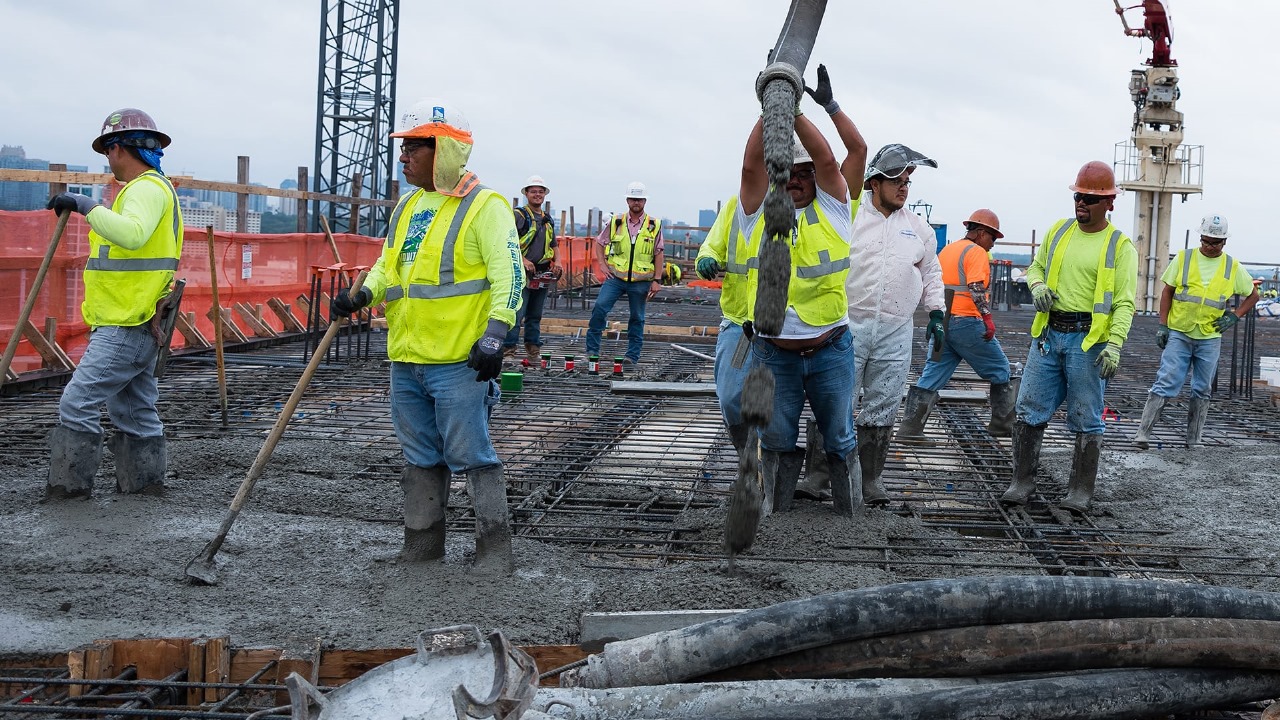Introduction
The Austin construction industry is one of the fastest-growing in the United States, driven by population growth, technological innovation, and a booming economy. As more businesses relocate to Texas and new residents settle in the capital city, Austin construction projects are shaping the region’s skyline and communities. From residential neighborhoods to major commercial developments, the city is witnessing a surge in activity that blends traditional craftsmanship with advanced tools and technology. Understanding the trends shaping Austin construction today is essential for developers, contractors, and property owners who want to stay ahead in this competitive market.
The Growth of Austin Construction
Austin construction has experienced unprecedented growth over the past decade, fueled by the influx of tech companies, startups, and investors moving to Central Texas. As more people choose to live and work in the area, demand for new housing, office spaces, and infrastructure has surged. Austin construction projects now include high-rise residential towers, state-of-the-art corporate campuses, and mixed-use developments that redefine urban living. The city’s construction boom shows no signs of slowing, making it one of the most dynamic markets in the country.
Key Trends in Austin Construction
Several trends are defining the future of Austin construction, with sustainability and innovation at the forefront. Green building practices are increasingly common, with developers incorporating energy-efficient designs, solar panels, and eco-friendly materials. Another major trend in Austin construction is the rise of mixed-use spaces that combine residential, retail, and office environments. These projects reflect the city’s growing demand for convenience and walkability. Additionally, smart technology integration has become a staple of Austin construction, as contractors install automated systems for lighting, security, and climate control.
Tools Driving Efficiency in Austin Construction
Technology has transformed how Austin construction projects are managed, with modern tools helping to save time and reduce costs. Building Information Modeling (BIM) software allows contractors and architects to collaborate on detailed 3D models, reducing errors and improving project accuracy. Drones are also revolutionizing Austin construction by providing aerial site surveys, progress tracking, and safety inspections. Robotics and prefabrication methods are streamlining the building process, ensuring faster and more precise results. The adoption of these tools has given Austin construction companies a competitive advantage in delivering high-quality projects on time.
Technology Shaping Austin Construction
In addition to tools, broader technological innovations are reshaping the landscape of Austin construction. Artificial Intelligence (AI) is being used to predict project risks, manage budgets, and optimize schedules. Virtual Reality (VR) is helping clients visualize projects before construction even begins, improving decision-making and client satisfaction. Furthermore, smart sensors are being deployed in Austin construction sites to monitor safety conditions and equipment performance in real time. These technologies not only enhance efficiency but also raise the standards of safety and quality across the Austin construction industry.
The Importance of Workforce Development in Austin Construction
While technology and tools are critical, skilled labor remains the backbone of Austin construction. The city’s rapid growth has created high demand for skilled workers, from carpenters and electricians to project managers and engineers. Workforce development programs are becoming a key focus in Austin construction, as companies partner with trade schools and training organizations to build a pipeline of talent. Investing in training ensures that the workforce can adapt to new technologies while continuing to deliver the craftsmanship that Austin construction is known for.
Sustainability in Austin Construction
Sustainability has become a defining element of Austin construction, with an increasing emphasis on eco-friendly practices. Developers are focusing on LEED-certified projects, water conservation systems, and renewable energy integration. Many Austin construction projects now prioritize sustainable landscaping, recycled materials, and low-emission transportation options for residents and employees. These initiatives reflect the city’s commitment to environmental responsibility while meeting the needs of a growing population.
Challenges Facing Austin Construction
Despite its rapid growth, Austin construction faces several challenges. Rising material costs, labor shortages, and supply chain disruptions are creating hurdles for developers and contractors. The city’s increasing population also places pressure on infrastructure, requiring Austin construction projects to expand beyond housing into roads, utilities, and public facilities. Balancing affordability with quality is another challenge, as Austin construction companies work to deliver homes and spaces that remain accessible while meeting modern standards. Addressing these challenges is critical to sustaining long-term growth in the Austin construction industry.
Conclusion
Austin construction continues to thrive as one of the most dynamic industries in Central Texas, driven by trends in sustainability, advanced tools, and cutting-edge technology. From smart buildings and green initiatives to workforce development and innovative project management, Austin construction is setting new standards for the future of the built environment. While challenges such as labor shortages and rising costs remain, the industry’s ability to adapt and innovate ensures ongoing success. For developers, contractors, and residents alike, Austin construction represents not just the growth of a city, but the shaping of a community that blends tradition with progress.



